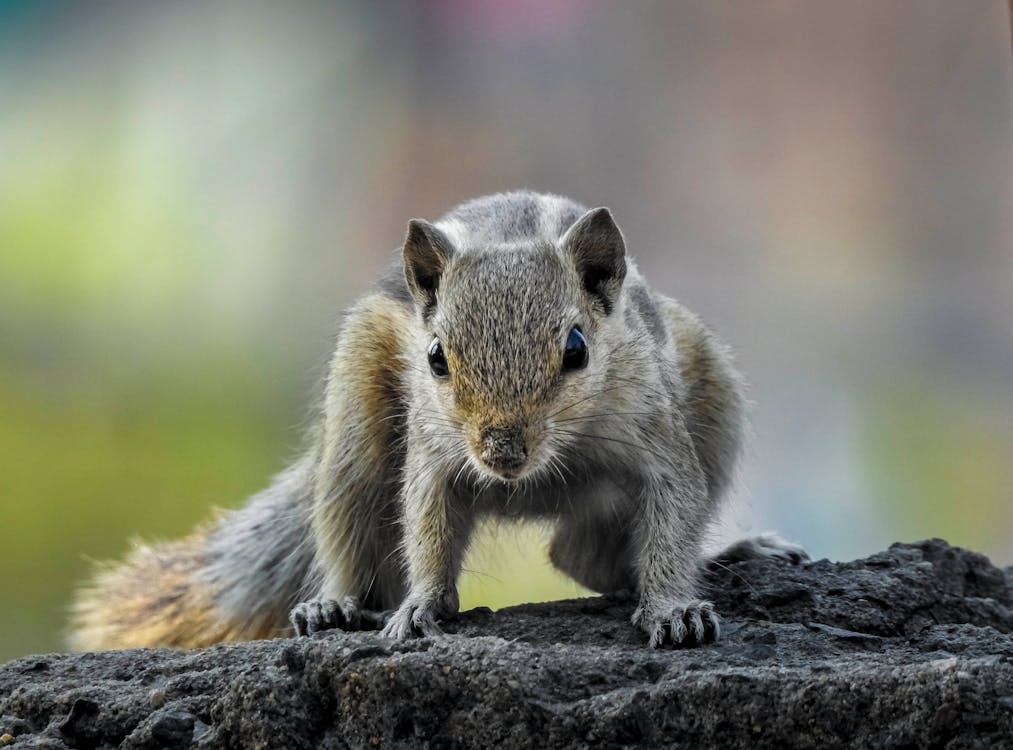7 Signs You Have a Squirrel Problem

Squirrels—charming when they’re posing for quirky viral photos or stashing acorns in the park. CBC’s squirrel photo series even captured these little creatures striking oddly human poses, and yes—it’s entertaining. But when squirrels invade your attic or walls? That charm vanishes fast.
What starts as a bit of scratching above the ceiling can escalate into torn insulation, chewed wiring, and a full-blown squirrel infestation. And in Ontario, where long winters push animals toward cozy, man-made shelter, it’s a common issue.
The key is catching the problem early. These are the 7 signs of squirrel issues—and what to do about it before things get worse.
1. Strange Noises, Especially in the Morning
Squirrels are active creatures, especially in the early hours. If you’re hearing unusual noises—scratching, rustling, or rapid scurrying—in the attic or between walls, there’s a good chance a squirrel has moved in.
Many homeowners describe the sound as someone running across the ceiling. That’s not your imagination. Squirrels are fast and agile. If the sounds are loudest at dawn and taper off mid-morning, that’s a classic red flag.
2. Damage to the Roofline or Vents
Your roof might look fine from the driveway, but squirrels only need a tiny gap to slip in—often around soffits, shingles, and vent openings. Look for chew marks, air vent damage, or small holes along the roofline.
They’ll often gnaw at plastic or aluminum vent covers to get access to the attic, especially during breeding seasons in early spring and late summer. Once they’ve broken through, the rest of your insulation is fair game.
3. Insulation, Wood Chips, or Nesting Material Scattered Around
Squirrels are industrious nest builders. They tear apart insulation, cardboard, even bits of fabric to create warm, hidden dens for their young squirrels.
If you’ve noticed insulation or wood chips scattered around the attic, or what looks like shredded debris tucked into corners, you’re likely looking at squirrel nesting behaviour. These materials can also be pushed down into wall cavities or ventilation ducts—hard to spot unless you’re doing a thorough check.
4. Squirrel Droppings or a Lingering Odour
You may not spot a squirrel, but you might find droppings. Squirrel droppings resemble rat feces, though slightly more rounded and often found in clusters.
Worse—if a dead squirrel is trapped inside your walls or attic, you’ll smell it. It’s a horrible smell that starts subtly and builds into something unmistakable: musky, sour, and persistent. If you’re catching whiffs of decay or waste in certain areas of your home, don’t ignore it.
5. Chewed Wires and Electrical Issues
One of the most dangerous signs of a squirrel problem is also one of the most costly: chewed electrical wires.
Squirrels constantly gnaw to wear down their teeth, and wiring insulation is often the unfortunate victim. This damage can lead to exposed wires, flickering lights, or even house fires. If your electrician can’t explain why a particular circuit is acting up—and you’re hearing noises above the ceiling—it may not be a coincidence.
6. Damage to Outdoor Property and Trees
Squirrel damage isn’t confined to your attic. Chewed outdoor furniture, chewed bark stripped from young trees, or teeth marks on decking, fencing, and garden equipment are common in active zones.
And if you’ve noticed garbage scattered around your bins but rule out raccoons, it could be squirrels looking for a quick snack or nesting materials. Don’t underestimate their persistence—especially when food is scarce in winter.
7. Visible Squirrel Activity Near Your Roof or Gutter Lines
It sounds obvious, but if you’re regularly spotting squirrels running along power lines, leaping from trees onto your roof, or hanging out near your chimney, you might be hosting more than you think.
One squirrel might just be passing through. Two or more, loitering near the same access point repeatedly? That’s a sign of established squirrel activity—and possibly a growing family inside.
What to Do if You Notice These Signs
If any of this sounds familiar, you’re probably past the prevention phase. At this point, trying to block entry points without removing the squirrels first can make things worse. Trapping a mother squirrel outside while baby squirrels are still inside leads to frantic damage—or worse, death, decay, and smell.
That’s where we come in. At SWAT Wildlife, we provide expert, humane squirrel removal across Ontario. Our technicians identify entry points, safely remove adult and young squirrels, and seal your home to prevent squirrels from returning. We also repair squirrel damage and clean contaminated spaces.Still unsure? Our squirrel removal FAQs cover what to expect from the process, how we handle nests, and what you can do to protect your property long-term. Or, if you’ve seen enough and want fast help, contact us today.